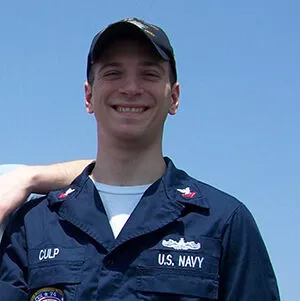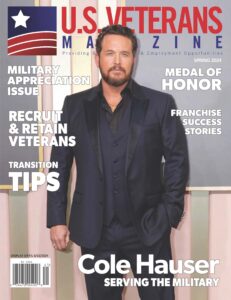By Camille Cates, DAV
Steven Culp turned 18 only nine days after 9/11. “I felt the call to serve immediately after that event,” said Culp.
He served six years in the Navy as an electronic warfare technician and a cryptologic technician.
After his enlistment, Culp enrolled in college and earned a degree in engineering. But his wartime service had changed him, and after seeking help from the VA, he was enrolled in their Veteran Readiness and Employment program.
That’s when he discovered DAV job fairs.
“At the job fair, there was just about every profession you could think of: engineering; software; technicians for electronics, mechanics or engines; law enforcement. There are opportunities for just about everything there,” said Culp. “With the skills that are built in the military, there is something for every veteran.”
Though he had interviewed with several companies, there was one in particular with whom Culp wanted to connect.
“I was first introduced to Fluke when I was on active duty in the Navy. I used their multimeters for all kinds of tests around the shop, making sure our gear was in spec and working correctly,” he said. “When I saw their logo at the job fair, I went over and spoke with them. Turns out the two gentlemen there recruiting were former Navy. They took a look at my resume and my experience and they said, ‘Can you start on Monday?’”
Culp accepted a position as a service engineer with Fluke Corp., a maker of industrial testing and diagnostic equipment.
“Steven’s story is an excellent example of securing meaningful employment through participation in a DAV job fair,” said DAV National Employment Director Rob Lougee. “Separating service members, veterans and their spouses should take the time to check out our employment resources at jobs.dav.org.”
“They can find everything from our full schedule of in-person and virtual job fairs to resources for entrepreneurs.”
DAV job fairs and employment resources provide veterans and their spouses with the prospect of an exciting career path.
“This opportunity means the world to me,” he said. “It’s truly a second chance. I’m eternally grateful to the VA and DAV for the opportunity I’ve been given.”
Read the article originally posted on dav.org.



